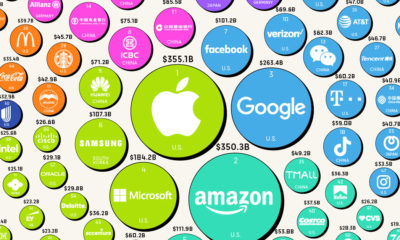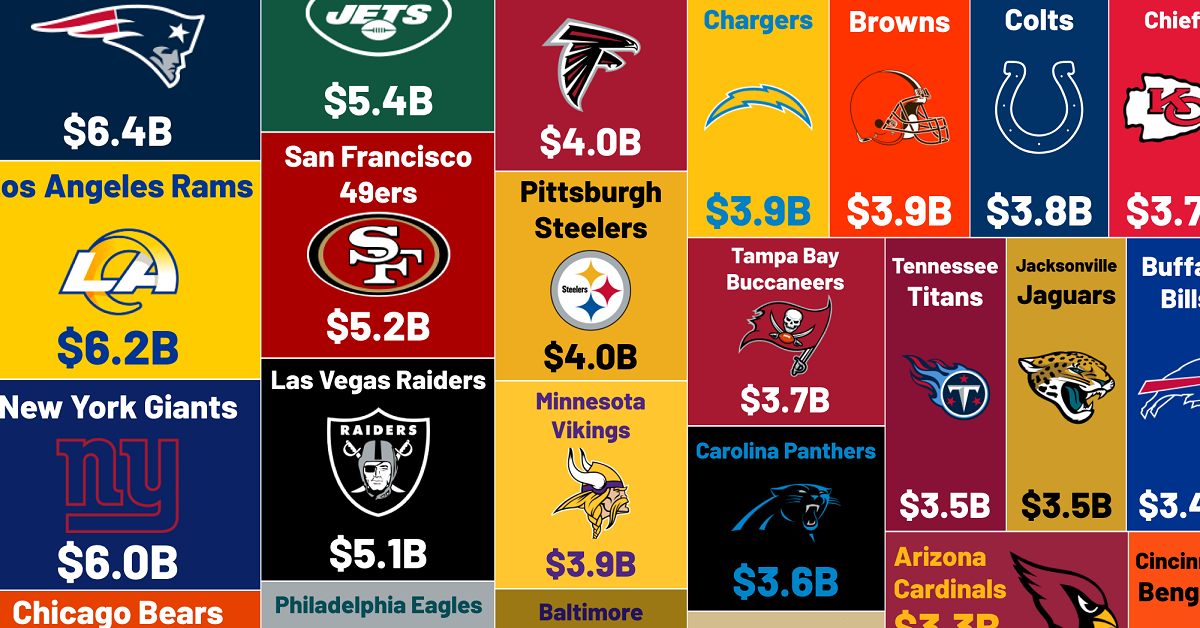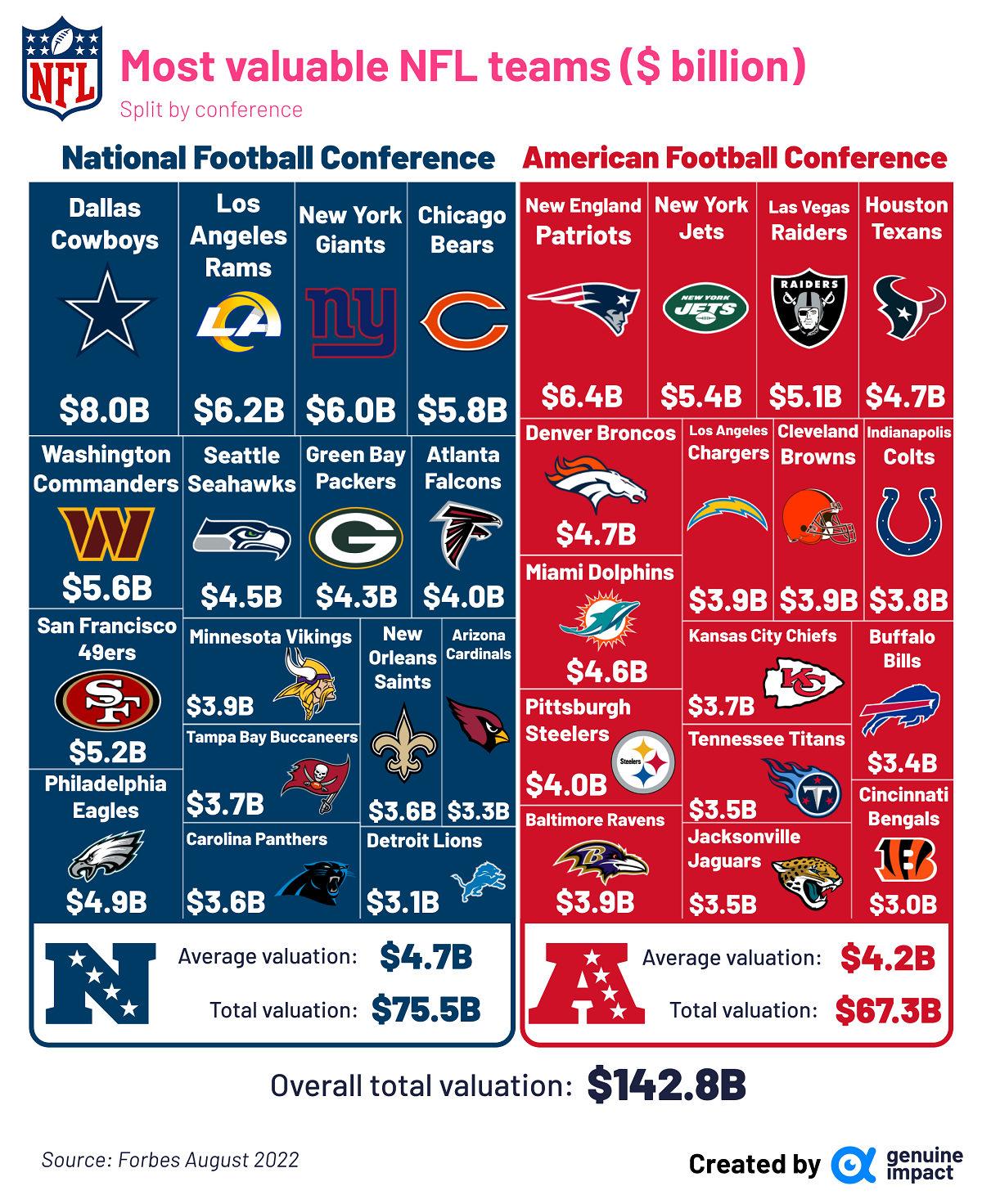It’s no surprise that eSports is often compared to its predecessor, traditional sports. However, eSports certainly has none of the typical confines of a traditional sport—so how does it compare in terms of audience size, market potential, and revenue?
An Equal Playing Field?
eSports is an umbrella term for competitions played on electronic systems, typically by professional video gamers—with the first competition dating back to 1972. The 16 to 24-year-old audience has increased by 60% since 2017, fueling the rapid growth of this emerging industry. The global audience is expected to grow to 276 million by 2022, with League of Legends tournaments often boasting a higher viewership than some of the biggest U.S. leagues: Cumulative Viewership (2017 finals)
NFL Super Bowl: 124 million viewers League of Legends: 58 million viewers MLB World Series: 38 million viewers NBA Finals: 32 million viewers NHL Stanley Cup Finals: 11 million viewers
While viewership can surpass that of well-known professional leagues, it doesn’t yet stack up in terms of monetization. That said, this aspect is now increasing enough to be seen as a threat to more traditional leagues.
How Much is eSports Worth?
According to Goldman Sachs, eSports will exceed $1 billion in revenue in 2019, and reach $3 billion by 2022. eSports creates the foundation for an entire ecosystem of opportunities, which include live-streaming, game development, player fanbases, and brand investments for sponsorship and advertising—where 82% of revenue currently comes from. Although eSports under-indexes on monetization relative to the size of its audience, there is a huge opportunity for it to close the gap, given the predicted 35% compound annual growth rate (CAGR) for total eSports revenue between 2017 and 2022.
Getting Attention from the World’s Biggest Players
Google, which lost the bidding war for Twitch, has recently made its own big move into gaming with cloud gaming service Google Stadia. Ultimately, the company hopes it will help keep live-streamers on YouTube instead of competing platforms.
The Future of eSports
Over time, eSports will tap into bigger advertising budgets, and reach national, regional, and global levels, as traditional sports are able to. eSports will also be a medal event in the 2022 Asian Games, which could pave the way for full Olympic status. As a whole, eSports is starting to seriously compete with the big leagues. With a massive worldwide appeal, passionate fans, and billion-dollar revenues, the industry is only beginning to take flight. The debate however, is not around the battle between eSports and traditional sports. It is around the shift to celebrating a culture that is completely virtual, over one that is physical—which has much bigger implications. on In June 2022, the Denver Broncos sold for $4.65 billion, a record for the most expensive team purchase. But if other teams were to sell, they’d potentially command an even greater price tag. Which teams, and conferences, reign supreme in value? This graphic by Truman Du uses data from Forbes last calculated in August 2022 to show the most valuable NFL teams.
NFL Teams by Value
To calculate team values, Forbes used enterprise values (total team equity plus net debt) and factored in each team’s stadium-related revenue. This includes non-NFL revenue that accrues to each team’s owner, but doesn’t account for the stadium’s real estate value. The findings? NFL teams continue to become more valuable, rising in 2022 to an average of $4.47 billion, an increase of 28% year-over-year. At the top of the rankings, the Dallas Cowboys sit at an estimated valuation of $8 billion, making them the most valuable sports team in the world. They were the first team to generate over $1 billion in annual revenue thanks to massive sponsorship deals, including an estimated $220 million in stadium advertising and sponsorship revenue. This is especially impressive, since NFL teams actually share just over 70% of football-related revenue. As Forbes points out, the Cowboys have been the most successful at capitalizing on stadium and branding in order to boost external revenues.
Most Valuable NFL Teams by Conference
Truman also broke down NFL team valuations by conference, highlighting the extra monetary weight one has over the other. The National Football Conference (NFC) and the American Football Conference (AFC) were formed in 1970 after the NFL merged with the rival American Football League. Over time and as the league has expanded, the conferences have shifted and realigned to end up at 4 divisions of 4 teams for 16 teams each as of 2022.
Impressively, NFC teams had an average valuation about $500 million higher than the AFC. It also had five of the six most valuable teams, with just the #2 New England Patriots representing the AFC at the top. But with the most recent record sale taking place in the AFC (Denver Broncos), and more potential high-profile relocations and sales in the wings, the landscape of NFL team values might shift yet again in the near future.














